Hippodamian Plan
Hippodamian Plan: modern name for a gridiron city plan.
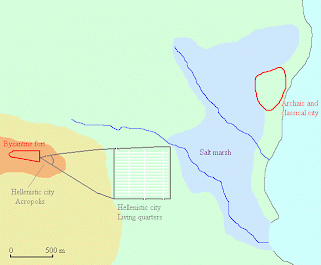
The Hippodamian Plan is, essentially, a city plan that looks like a gridiron. An early example is Tell el-Amarna in Egypt, dating back to the fifteenth century BCE; Enkomi is a bit younger. The idea was introduced in the Greek world by Hippodamus of Miletus, who designed the new port of Athens, Piraeus, in the mid-fifth century BCE. He is also credited with the urban design of Thurii in southern Italy.
Hippodamus may not have been the first Greek to base a city on a gridiron plan. His hometown Miletus, which had been destroyed by the Persians in 493 BCE, had been rebuilt on a gridiron plan too. Unless we accept that Hippodamus had an exceptionally long career, which is not impossible, we must assume that "Hippodamian Plan" is something of a misnomer.
However this may be, many cities were designed according to the Hippodamian principles: a square city, a street plan based on squares (or rectangles), a (colonnaded) main street, and a large agora in the center. Examples are Pella and Olynthus in Macedonia, Halicarnassus in Caria, Alexandria in Egypt, Apamea and Dura Europos in Syria, Seleucia in Babylonia, Acragas on Sicily, Priene in Ionia, Laodicea in Phrygia, Byllis in Illyria, and Taxila in the Punjab, and Emporiae in Catalonia.
The Romans would use this design as well, using it when they expanded existing cities (e.g., Pompeii) and founded new cities (e.g, Augusta Emerita). They called the housing blocks insulae, "islands". Their military camps are a special case.
Greek and Hellenistic cities
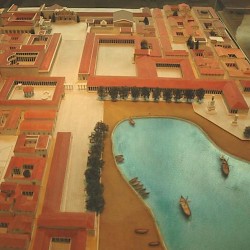 Miletus, Harbor district, Model |
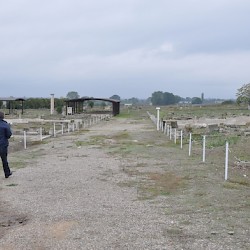 Pella, Main road |
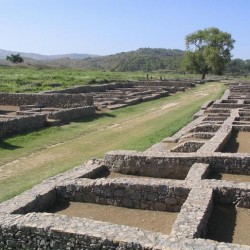 Sirkap, main road |
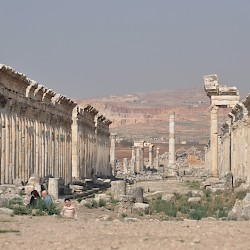 Apamea, Colonnaded Street |
Roman cities
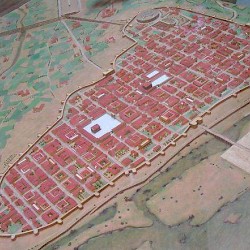 Augusta Merita, Model of the ancient city |
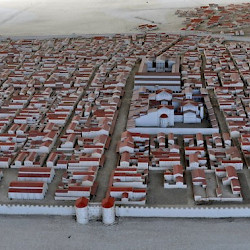 Carnuntum, Civil City, Model |
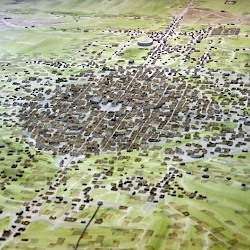 Model of Roman Reims |
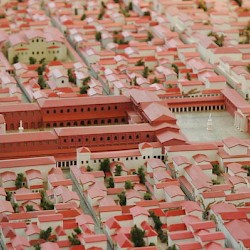 Trier, Forum, model |
Roman forts
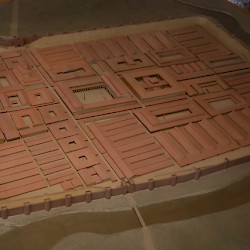 Strasbourg, Model of the legionary base |
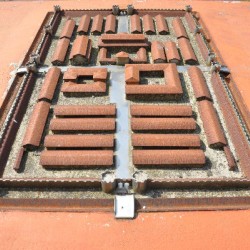 Aardenburg, Model of the Roman fort |
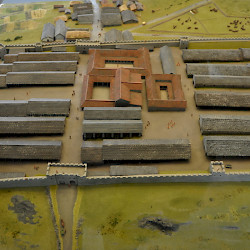 Housesteads, Model |
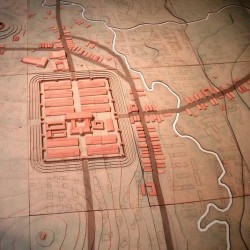 Aalen, Model of the limes fort |